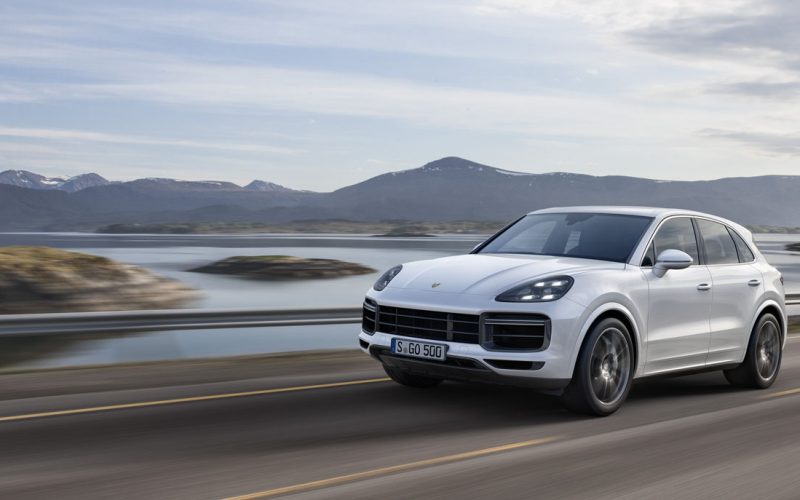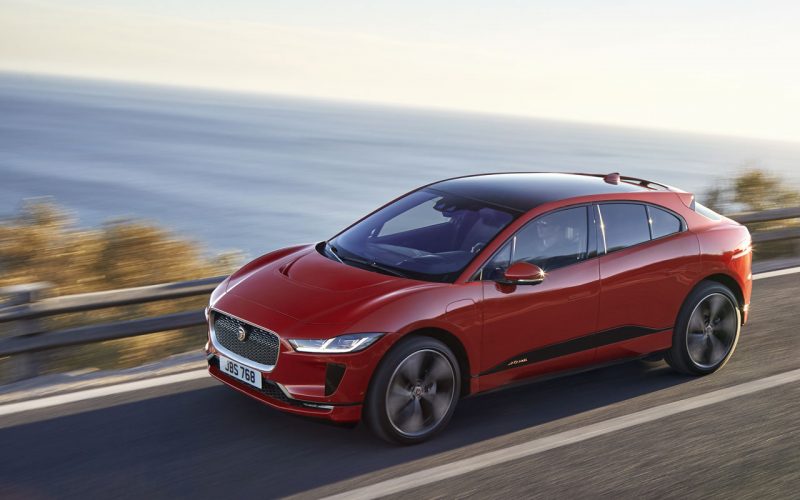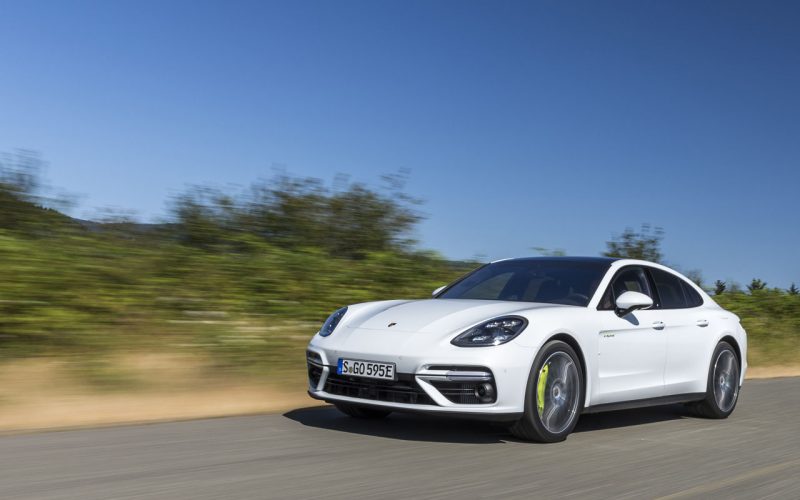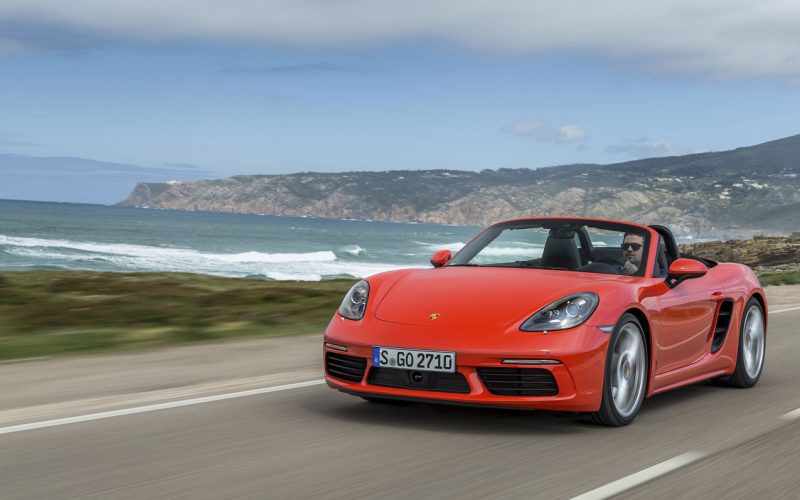
Reading Time: 11 minutesWhile the majority of car enthusiasts will immediately conjure thoughts of the legendary 911 sportscar when

Reading Time: 11 minutesThe all-new, all-electric 2018 Jaguar I-Pace is already getting rave reviews from the automotive press, and

Reading Time: 10 minutesFew luxury brands get as much diversity from a given model as Porsche. The sports car

Reading Time: 6 minutesThe Porsche 718 series started life as the Boxster way back in early 1996, the first
© 2025 The Car Magazine. All Rights Reserved, Privacy Policy | Terms of Use